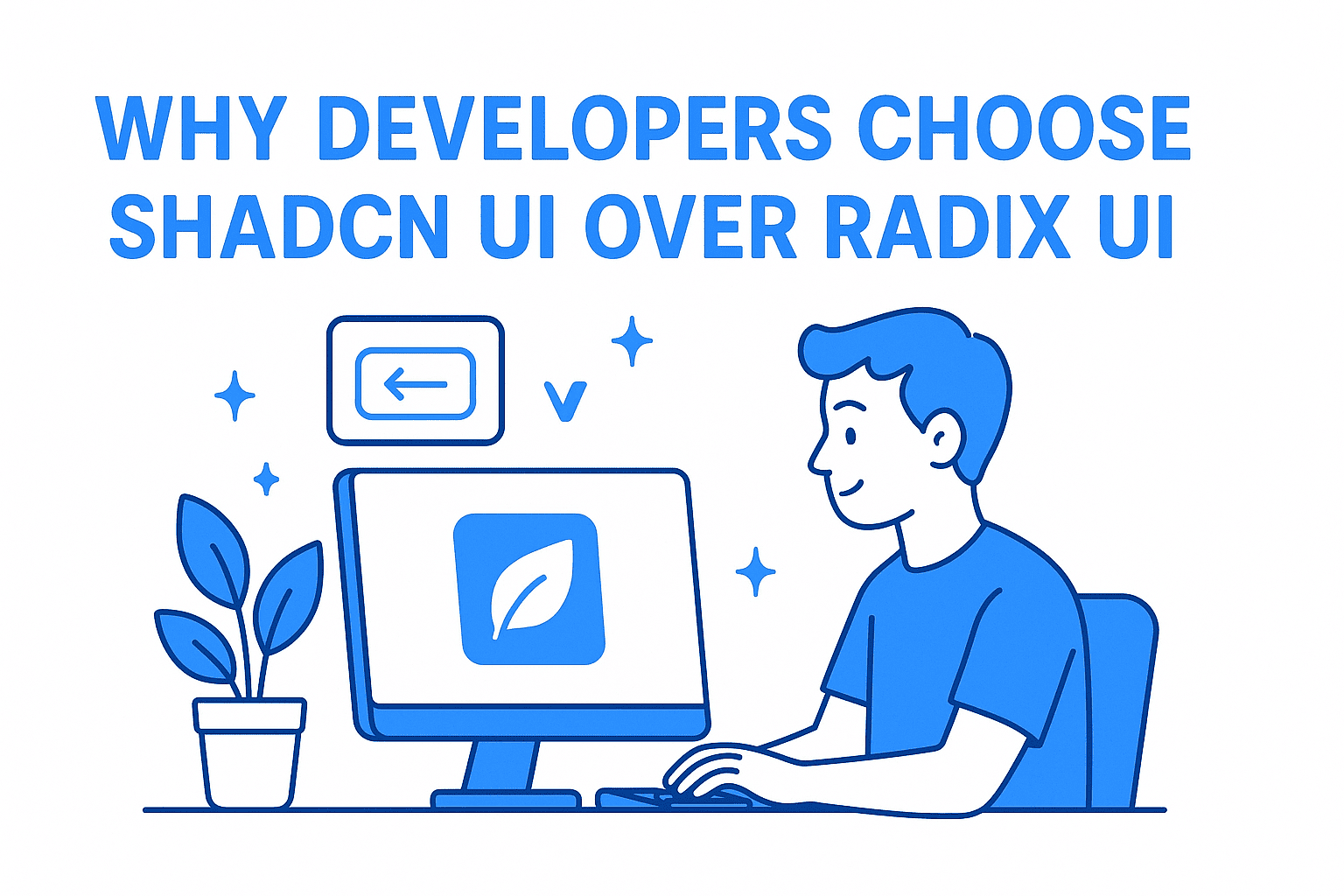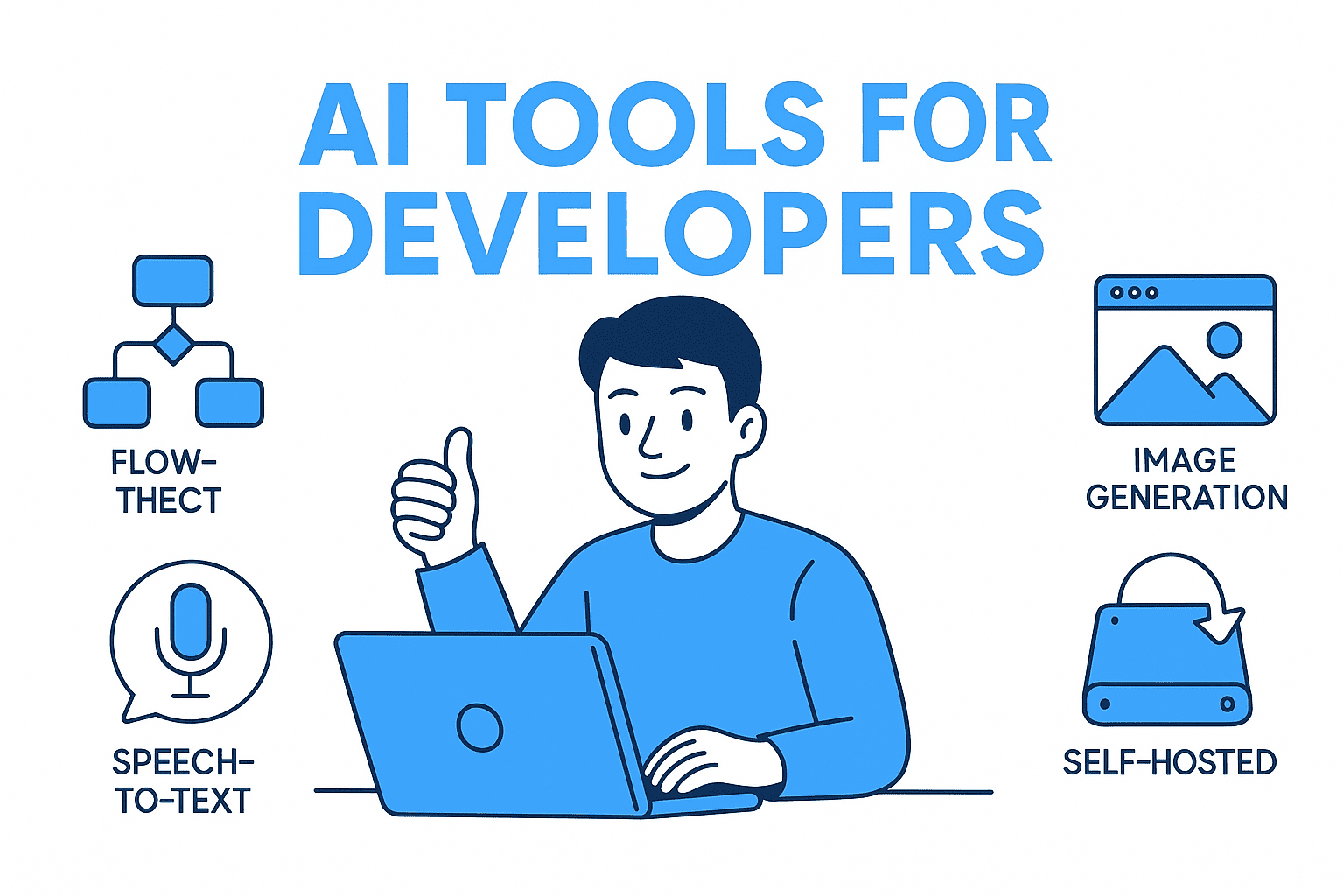Modern React development often comes down to choosing the right building blocks. Two libraries you’ll hear a lot about are Radix UI and Shadcn UI. While Shadcn is built on top of Radix, many developers prefer starting with Shadcn rather than Radix alone. Let’s break down why, with examples.
Radix UI: The Foundation
Radix UI provides headless, accessible primitives. That means you get the logic, keyboard interactions, and accessibility features, but no styling. For example, here’s what using a Radix Dialog looks like:
import * as Dialog from "@radix-ui/react-dialog";
export function RadixDialog() {
return (
<Dialog.Root>
<Dialog.Trigger>Open</Dialog.Trigger>
<Dialog.Portal>
<Dialog.Overlay />
<Dialog.Content>
<Dialog.Title>Edit Profile</Dialog.Title>
<Dialog.Description>Make changes and save.</Dialog.Description>
<form>
<input placeholder="Name" />
<button type="submit">Save</button>
</form>
<Dialog.Close>Close</Dialog.Close>
</Dialog.Content>
</Dialog.Portal>
</Dialog.Root>
);
}
Notice: you have zero styling. It’s up to you to decide how overlays look, how buttons are styled, and how spacing is applied. Radix gives the skeleton, you provide the skin.
Shadcn UI: Radix + Tailwind + Design System
Shadcn UI takes Radix primitives, wires them up with Tailwind CSS and a consistent design system, and ships ready-to-use components. Here’s the same dialog in Shadcn UI:
import {
Dialog,
DialogContent,
DialogDescription,
DialogHeader,
DialogTitle,
DialogTrigger,
} from "@/components/ui/dialog";
export function ShadcnDialog() {
return (
<Dialog>
<DialogTrigger asChild>
<button className="btn">Open</button>
</DialogTrigger>
<DialogContent>
<DialogHeader>
<DialogTitle>Edit Profile</DialogTitle>
<DialogDescription>Make changes and save.</DialogDescription>
</DialogHeader>
<form className="space-y-4">
<input className="input" placeholder="Name" />
<button type="submit" className="btn-primary">
Save
</button>
</form>
</DialogContent>
</Dialog>
);
}
This is styled, consistent, and production-ready out of the box. Shadcn saves you from wiring up Tailwind classes from scratch.
Why Developers Choose Shadcn?
- Faster development – Components look good from the start.
- Tailwind-native – Built with utility classes in mind, no CSS architecture setup required.
- Consistency – All components share the same design tokens and theme.
- Customizable – You can still dive in and tweak Radix behavior if needed.
When You Might Use Radix Directly?
Shadcn is amazing for SaaS apps, dashboards, and projects that need polished UI quickly. But Radix still shines when:
- You’re building a highly custom design system.
- You need total control over styling.
- You’re working with a design team that doesn’t want opinionated defaults.
Final Thoughts
Think of Radix UI as the engine, and Shadcn UI as a car built on that engine. You can drive faster with Shadcn because it comes with a body, seats, and wheels already in place, but you can always lift the hood and tweak the engine if you need to.
That’s why many developers choose Shadcn, it’s Radix with batteries included.
🤝 Need a Custom RSVP System or Dashboard?
I help businesses build tools that actually work — even on tight deadlines.
Whether you're planning an event, need internal tools, or want a custom dashboard for your team — I can help.
Reach out
📧 Email: safi.abdulkader@gmail.com | 💻 LinkedIn: @abdulkader-safi | 📱 Instagram: @abdulkader.safi | 🏢 DSRPT
Drop me a line, I’m always happy to collaborate! 🚀



